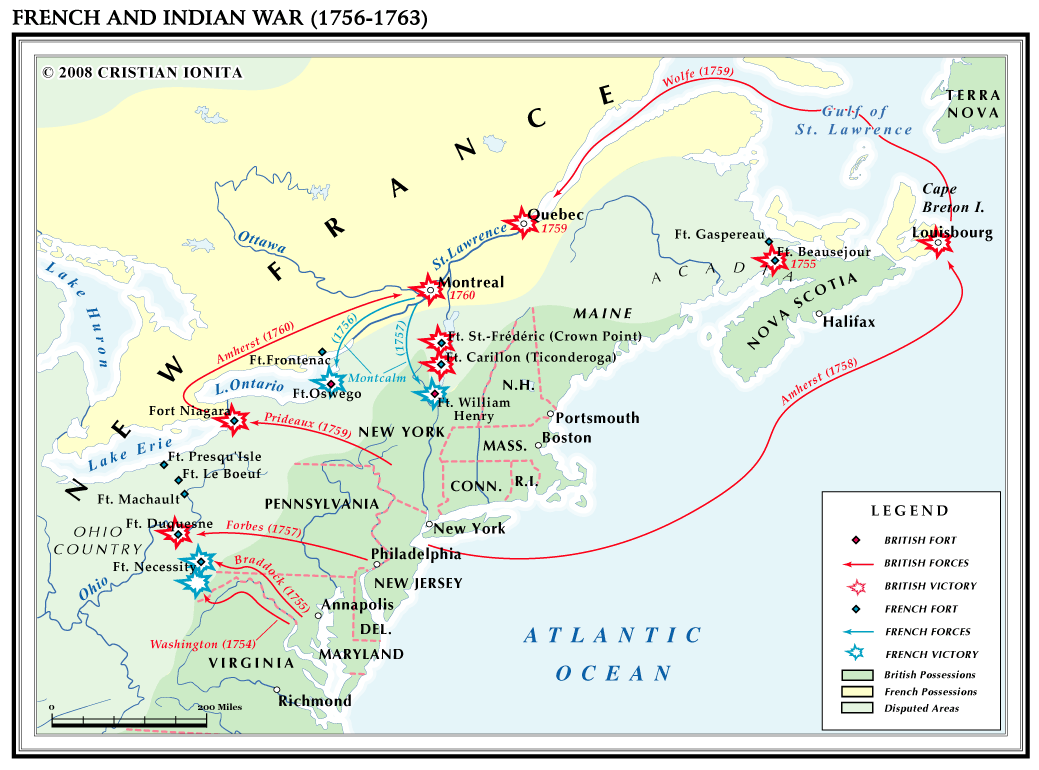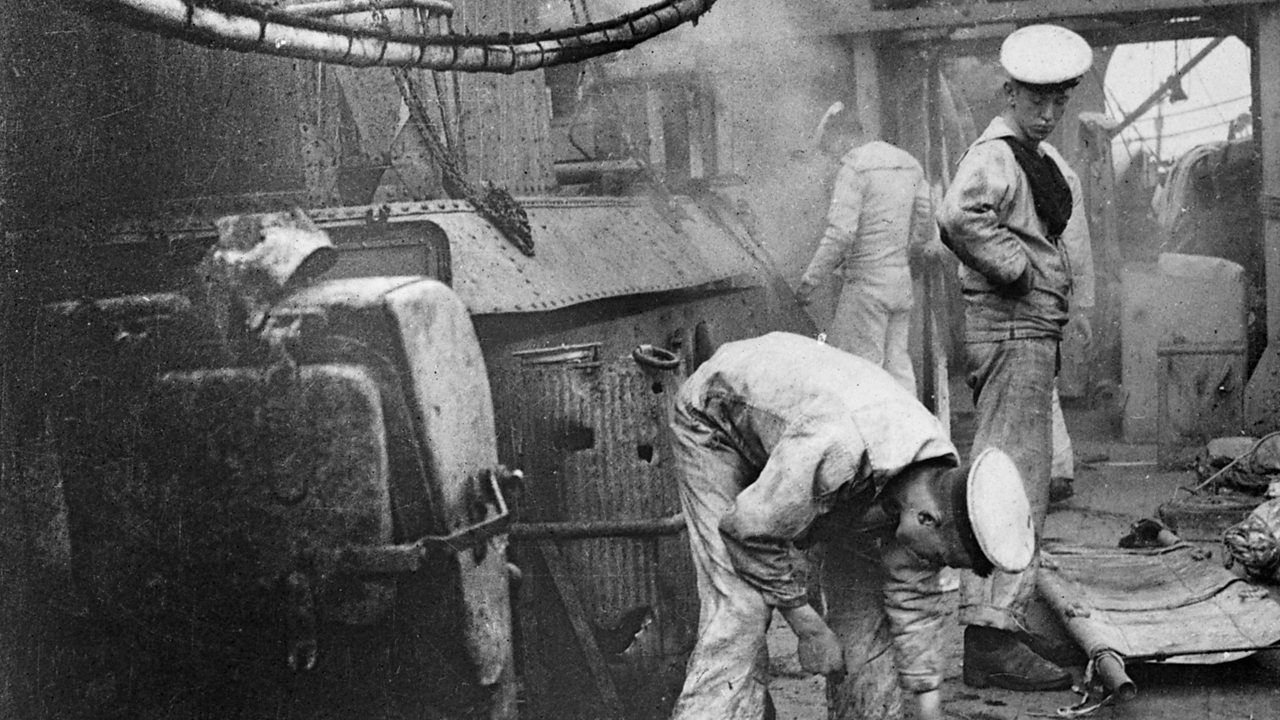

Older ships would generally be slower, harder to maintain and lacking in some of the technical innovations compared to their newer bretheren. So the number of ships immediately available for active service with each navy is probably between 50-75% of the given figures.Ģ) The figures also give no indication to the make up of each fleet in terms of age and quality. guardships, hospital ships, etc), in 'ordinary' (what we'd now call 'mothballed') and even ships that were being built/re-built. In addition to the ships in active service, the figures also include ships in harbour service (e.g.

The following points should be considered ġ) The figures represent the notional numbers of ships available to each navy. However, these raw figures should be treated with some caution when trying to establish the true strengths of the various national fleets.

Source: The Command of the Ocean, N.A.M Rodger (Allen Lane, 2004) derived from data by Prof. fifth and sixth rates in British service) and also including some of the larger sloops-of-war. Cruisers are smaller sea-going warships, encompassing the classic frigate and corvette designs (i.e. In these tables a Ship of the Line is any vessel that would be considered to sit in the line of battle, generally these had their guns on 2 or 3 decks and had 50 or more cannon. A very raw comparison of the fleet strengths of the major players during the French Revolutionary & Napoleonic Wars is given below.


 0 kommentar(er)
0 kommentar(er)
